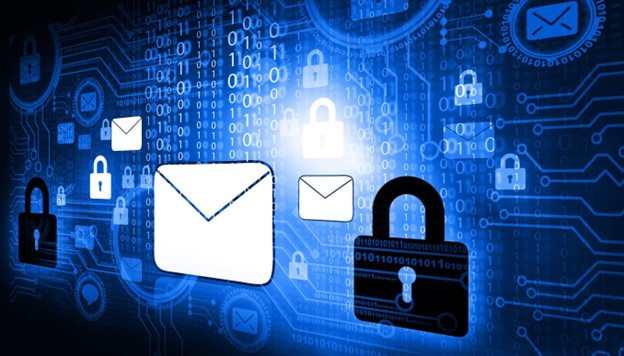InTegriLogic Blog
What Are DMARC & DKIM, and Why Should You Care About Them?
In today's world of cyber threats, email security is more important than ever. One of the most common types of email fraud is phishing, where attackers impersonate legitimate businesses or individuals to steal sensitive information. To protect your organization from these types of attacks, DMARC and DKIM are essential tools to improve your email security.
What is DMARC?
DMARC stands for Domain-based Message Authentication, Reporting & Conformance. It’s a policy that helps email receivers verify that the emails coming from your domain are legitimate and not spoofed by cybercriminals. DMARC tells receiving servers how to handle emails that don’t pass the authentication checks, helping prevent fraudulent emails from reaching your inbox.
What is DKIM?
DKIM stands for DomainKeys Identified Mail. It’s an email authentication method that adds a digital signature to the header of your emails. This allows the receiving server to verify that the email was sent by an authorized server and hasn’t been tampered with in transit. Essentially, it adds an extra layer of trust to your email communications.
Why Are DMARC & DKIM Important?
- Protects your business from phishing: By implementing DMARC and DKIM, you can reduce the likelihood of cybercriminals impersonating your business and scamming customers or employees.
- Improves email deliverability: These protocols help ensure that your legitimate emails land in your recipients’ inbox and not their spam folder.
- Strengthens your domain’s reputation: By using DMARC and DKIM, you build trust with email service providers and customers, showing that your emails are secure and authentic.
How to Implement DMARC & DKIM?
Getting started with DMARC and DKIM involves configuring your email server settings. Many email hosting providers, including Microsoft 365 and Google Workspace, support these protocols. If you're not sure how to set them up, our team can help you implement these protections and safeguard your email communications.
News & Updates
Contact Us
Learn more about what InTegriLogic can do for your business.
InTegriLogic
1931 W Grant Road Suite 310
Tucson, Arizona 85745

